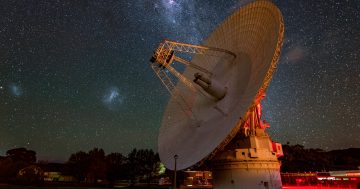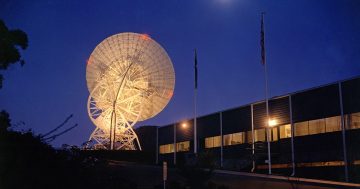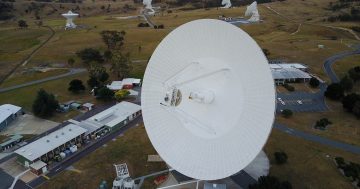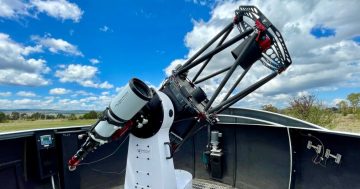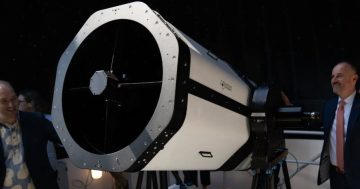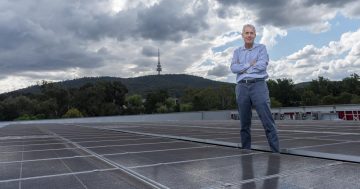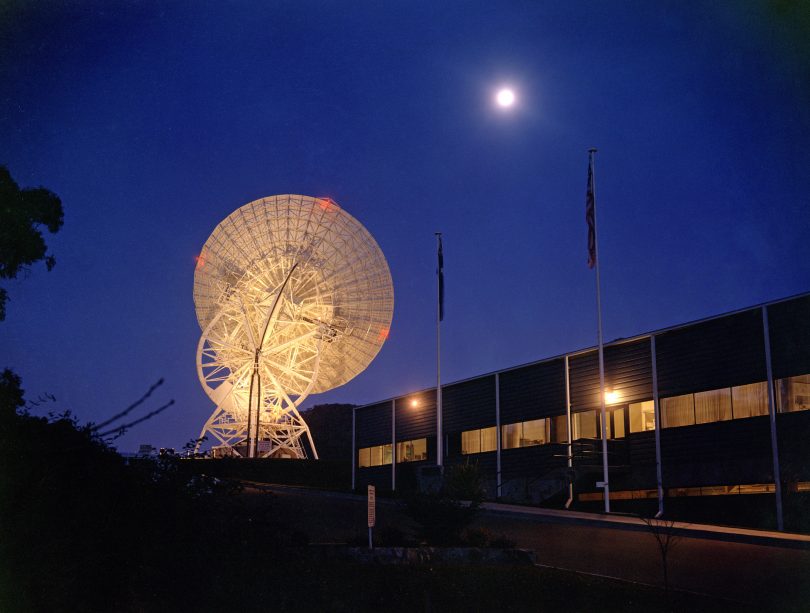
The Honeysuckle Creek antenna in Namadgi, ACT in action during an Apollo space mission. Photo: Hamish Lindsay courtesy of Colin MacKellar.
Canberra played a huge role in the 1969 moon landing, and the other Apollo space missions. Displays, talks, tours and exhibitions are popping up all over Canberra to commemorate the days when Canberra’s space trackers monitored the astronauts and provided the vital communications connection between the Apollo astronauts and NASA in Houston.
In fact, that historic moment on 20 July when Neil Armstrong stepped onto the moon, his footsteps were beamed to the world and watched by 650 million people direct from the ACT for the first nine minutes of the broadcast.
“Well, of course, it was 21 July in Canberra,” John Saxon tells me. As Operations Supervisor at the ACT Honeysuckle Creek Tracking station throughout the Apollo Missions, he remembers it well.
The moon landing and that famous ‘giant step for mankind’ took place at 8 pm on 20 July in the US, but it was just after lunch the next day in Australia, at 12:56 pm Canberra time on 21 July.

Canberra space trackers John Saxon and Mike Dinn at the Ops console during pre-mission simulations for Apollo 13. Photo: Courtesy Colin MacKellar.
To provide continuous coverage of the moon, and the ability to communicate with their astronauts at all times, NASA needed three tracking stations spaced around the Earth. The three ‘prime site’ stations with 26-metre dish antennas were set up at Goldstone in California, Madrid in Spain, and Honeysuckle Creek in the ACT.
Honeysuckle Creek Tracking station (or HSK in NASA parlance) was built in what is now Namadgi national park, ideal for its quiet location and clear, starry skies. In those days computers were huge reel-to-reel monsters, with lights and switches for the operators to flick.
“Computer techs had to make real decisions, and be experts in their craft, nothing was automated as it is today,” Mike Dinn, Deputy Director at Honeysuckle Creek recalled at a recent event.

Honeysuckle Creek antenna (dish) control. Photo: National Museum of Australia, George Serras.
Sadly, the Honeysuckle Creek station where the Canberra space trackers worked was closed in 1981. It was eventually dismantled, being too far out of town to protect from vandals. But it is available as a campsite, and the concrete footings remain.
The dish used for communications between NASA and the astronauts on all the Apollo missions was moved to the Canberra Space Centre at Tidbinbilla. The Space Centre is the perfect place to start if you want to explore Canberra’s space history.

The 26-metre dish used to track the Apollo missions is now located at Canberra Space Centre at Tidbinbilla. Photo: CSIRO.

Moon Rock display at the Canberra Space Centre at Tidbinbilla. Photo: CSIRO.
Tidbinbilla is also home to the largest moon rock in the Southern Hemisphere, moon landing memorabilia like space suits and flown space hardware, as well as videos, models and displays on the solar system and space travel.
If you don’t get as far as Tidbinbilla, there is one important NASA relic sitting in plain sight in the middle of Canberra, you have probably driven past it many times. The little Deakin Telephone Exchange building on Kent Street behind Deakin High was purpose built as a NASA Communications Switching Centre in 1965.
This was the central point for control of all communications between Australia and NASA centres, including Houston, for the Apollo program. Neil Armstrong’s famous words from the moon were sent directly from Honeysuckle Creek to Deakin, and then transmitted to the world.
This isn’t a public building so you can’t go inside, but the outside looks much as it would have in 1969.

The old telephone exchange building in Deakin was originally used for NASA communications. Photo: Cass Proudfoot.
To celebrate Canberra’s vital role in the Moon Landing a plaque will be presented to the Telephone Exchange building, and a range of other exhibitions and displays have been set up.
The National Museum foyer display Tracking Apollo includes equipment like the antenna track ball for the dish and a tracker’s headset from the Honeysuckle Creek station. It also has the guest book from the Honeysuckle Creek Tracking Station with Prime Minister John Gorton’s signature and comment.

Headset used by the Honeysuckle Creek space trackers. Photo: National Museum of Australia, George Serras.
Mount Stromlo has a moon rock, as well as a sculpture of the moon that you can actually walk on – just like Neil Armstrong! Geoscience Australia has a lunar touchstone available (a moon rock you can touch) thanks to a loan from NASA.
A display in the Questacon foyer has fragments of moon rock brought back from the Apollo 11 mission, and an Australian flag that the NASA crew took with them on their historic 1.5million-kilometre journey into space.
There is also a large Questacon exhibition space devoted to the moon – including a giant 7-metre moon model using detailed NASA imagery of the lunar surface. It has over 30000 craters, and pinpoints where the Apollo missions landed. This one is up in the exhibition galleries so you’ll need to buy a ticket.

a night under the moon, perfect for the whole family. Photo: Questacon.
For a different take on the moon landing, the Art School exhibition Promised the Moon, has local sculptors, printmakers and photographers responding to the moon exploration theme. Local space trackers Mike Dinn, John Saxon, Bryan Sullivan and others are captured in portraits alongside technical drawings and circuit boards. Artist Tom Buckland has set up an old wooden TV to evoke the sixties era, complete with a plate of iced vovos – just don’t eat one by mistake, it’s all part of the art!

Canberra Living Room Fragment by Canberra Artist Tom Buckland. Photo: Cass Proudfoot.
